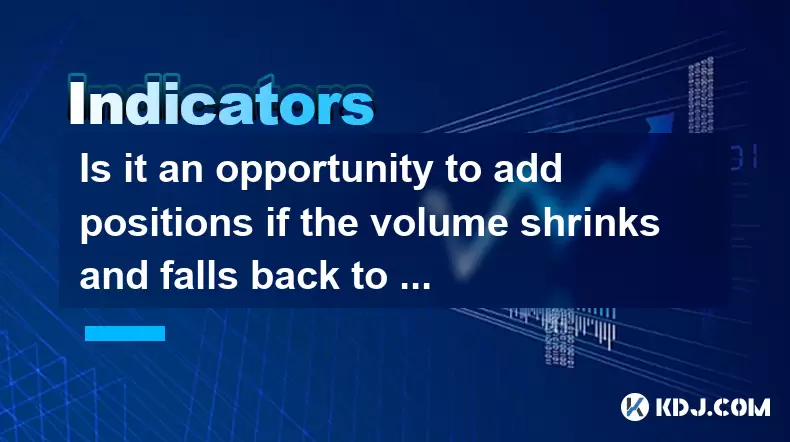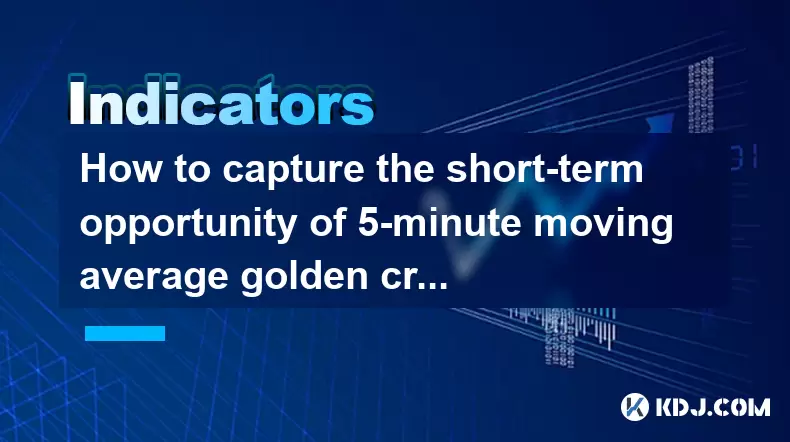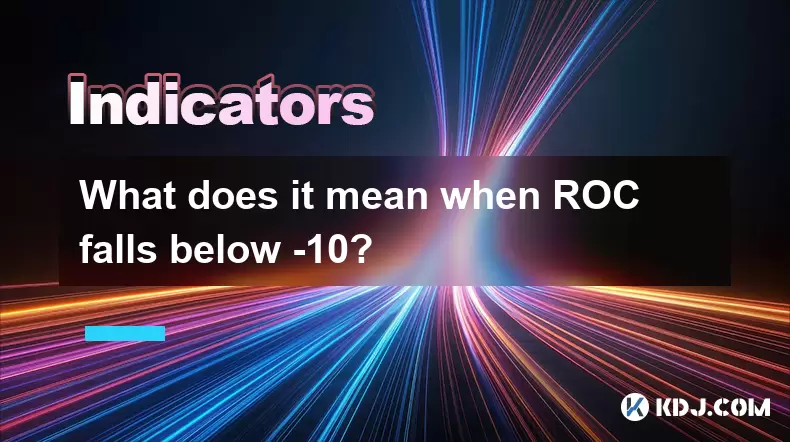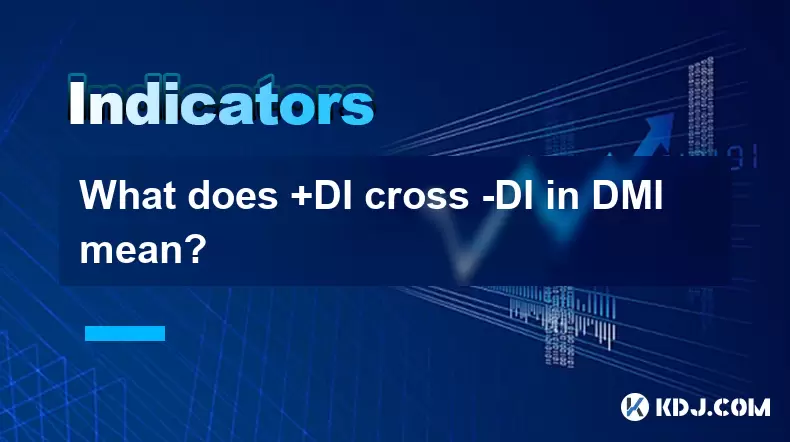-
 Bitcoin
Bitcoin $118900
1.66% -
 Ethereum
Ethereum $3735
1.35% -
 XRP
XRP $3.506
0.71% -
 Tether USDt
Tether USDt $1.000
-0.01% -
 BNB
BNB $799.4
5.78% -
 Solana
Solana $202.0
1.87% -
 USDC
USDC $0.9999
0.00% -
 Dogecoin
Dogecoin $0.2661
1.89% -
 Cardano
Cardano $0.8877
1.59% -
 TRON
TRON $0.3173
2.45% -
 Hyperliquid
Hyperliquid $45.00
2.59% -
 Stellar
Stellar $0.4723
3.40% -
 Sui
Sui $3.970
1.32% -
 Chainlink
Chainlink $19.67
1.94% -
 Hedera
Hedera $0.2710
1.99% -
 Avalanche
Avalanche $25.74
-0.01% -
 Bitcoin Cash
Bitcoin Cash $528.1
1.98% -
 Litecoin
Litecoin $120.1
3.57% -
 Shiba Inu
Shiba Inu $0.00001525
1.26% -
 UNUS SED LEO
UNUS SED LEO $8.989
-0.01% -
 Toncoin
Toncoin $3.304
1.74% -
 Polkadot
Polkadot $4.531
3.38% -
 Uniswap
Uniswap $10.74
2.51% -
 Ethena USDe
Ethena USDe $1.001
0.00% -
 Monero
Monero $325.5
2.44% -
 Pepe
Pepe $0.00001413
1.31% -
 Bitget Token
Bitget Token $4.860
0.85% -
 Dai
Dai $0.9999
0.01% -
 Aave
Aave $307.3
-2.07% -
 Bittensor
Bittensor $448.8
2.91%
Is it an opportunity to add positions if the volume shrinks and falls back to the 20-day moving average?
The 20-day moving average in crypto trading helps identify trends and potential buy zones, especially when combined with volume analysis and other indicators like RSI or MACD.
Jun 29, 2025 at 01:00 pm

Understanding the 20-Day Moving Average in Cryptocurrency Trading
In cryptocurrency trading, the 20-day moving average is a commonly used technical indicator that helps traders identify trends and potential entry or exit points. This moving average calculates the average closing price of an asset over the last 20 days, smoothing out short-term volatility to reveal underlying momentum.
Traders often use the 20-day MA as a dynamic support or resistance level. When the price pulls back to this average during an uptrend, it can signal a potential buying opportunity. However, this strategy must be evaluated alongside other indicators and market conditions to avoid false signals.
Key Point:
The 20-day moving average acts as a guide for identifying trend strength and potential reversal zones in crypto markets.What Does Volume Contraction Indicate?
Volume plays a crucial role in confirming price action. A decline in volume during a pullback suggests that selling pressure is weakening. If the price drops to the 20-day MA with low volume, it may indicate that bears are losing control and bulls could soon take over.
However, volume contraction alone isn’t sufficient to justify entering a trade. It needs to be interpreted within the broader context of the market structure and sentiment.
- Low volume during a pullback may suggest lack of conviction among sellers.
- If the price holds above the 20-day MA with declining volume, it might imply strong support at that level.
- Conversely, if volume picks up again on the downside, it could confirm further weakness.
Historical Behavior Around the 20-Day Moving Average
Looking at historical data across major cryptocurrencies like Bitcoin and Ethereum, we observe that the 20-day MA frequently serves as a point of confluence during healthy corrections. In many cases, especially during strong bull cycles, prices tend to find support near this average before resuming the upward move.
For instance, during Bitcoin’s rally in early 2024, multiple pullbacks found support at the 20-day MA before continuing higher. These pullbacks were accompanied by shrinking volume, reinforcing the idea that dips were being bought by institutional and retail investors alike.
Important Note:
Historical patterns do not guarantee future performance, but they offer insight into how the market has reacted under similar conditions in the past.Evaluating Risk-Reward Ratio Before Entering a Position
Before adding positions when the price falls back to the 20-day MA with shrinking volume, traders should assess the risk-reward ratio. Placing a stop loss just below the 20-day MA can help manage risk while targeting a move toward recent highs or previous resistance levels converted into support.
To calculate the risk-reward ratio:
- Determine your entry point near the 20-day MA.
- Set a stop loss slightly below the MA.
- Estimate a realistic profit target based on previous swing highs or Fibonacci extensions.
- Ensure the reward is at least twice the risk taken.
This approach ensures disciplined trading even when emotional impulses might encourage impulsive entries.
Combining Other Indicators for Confirmation
Relying solely on the 20-day MA and volume may lead to premature entries. Adding complementary tools such as RSI (Relative Strength Index), MACD (Moving Average Convergence Divergence), or candlestick patterns can increase the probability of a successful trade.
- RSI readings below 50 during a pullback may indicate oversold conditions.
- A bullish MACD crossover near the 20-day MA can reinforce the likelihood of a bounce.
- Bullish candlestick formations like hammers or engulfing candles near the MA provide additional confirmation.
These tools help filter out weak signals and improve the accuracy of trade setups.
Frequently Asked Questions
1. What time frame should I use to analyze the 20-day moving average?
The daily chart is most commonly used for assessing the 20-day moving average in crypto trading. However, some traders also look at the 4-hour or weekly charts to gain a multi-timeframe perspective.
2. How reliable is the 20-day moving average compared to other MAs like the 50-day or 200-day?
The 20-day MA reacts more quickly to price changes than longer-term MAs, making it ideal for short to medium-term trades. While the 50-day and 200-day MAs are better for identifying long-term trends, the 20-day offers timely signals in fast-moving crypto markets.
3. Should I add positions immediately when price touches the 20-day MA?
Not necessarily. Wait for confirmation through volume stabilization, candlestick patterns, or other technical indicators before entering. Patience helps avoid false breakouts and premature entries.
4. Can I use the 20-day moving average in sideways or ranging markets?
Yes, but with caution. In range-bound conditions, the 20-day MA may act as a midpoint between support and resistance. Traders often combine it with Bollinger Bands or oscillators like Stochastic to improve accuracy in such environments.
Disclaimer:info@kdj.com
The information provided is not trading advice. kdj.com does not assume any responsibility for any investments made based on the information provided in this article. Cryptocurrencies are highly volatile and it is highly recommended that you invest with caution after thorough research!
If you believe that the content used on this website infringes your copyright, please contact us immediately (info@kdj.com) and we will delete it promptly.
- Sui Price, Open Interest, and the $4 Breakout: Will SUI Surge?
- 2025-07-23 22:50:13
- BlockDAG, XRP, and DOT: Riding the Crypto Wave Like a Wall Street Pro
- 2025-07-23 23:10:13
- NFT Penguins Rally: PENGU's Rise and the CryptoBatz Bounce
- 2025-07-23 23:10:13
- Dogecoin's Future: Will the Meme Dream Live On?
- 2025-07-23 22:30:13
- Mara's Bitcoin Bet: Debt, Mining, and Shadow Banking?
- 2025-07-23 22:30:13
- Rick Harrison, Gold Coins, and Pawn Stars: A Deep Dive into the World of High-Stakes Haggling
- 2025-07-23 23:15:12
Related knowledge

How to capture the short-term opportunity of 5-minute moving average golden cross + 1-minute MACD bar line volume?
Jul 23,2025 at 10:29pm
Understanding the 5-Minute Moving Average Golden CrossThe 5-minute moving average golden cross occurs when a short-term moving average, typically the ...

What does it mean when ROC falls below -10?
Jul 23,2025 at 09:29pm
Understanding the Rate of Change (ROC) Indicator in Cryptocurrency TradingThe Rate of Change (ROC) indicator is a momentum oscillator used widely in t...

What does +DI cross -DI in DMI mean?
Jul 23,2025 at 09:49pm
Understanding the DMI Indicator ComponentsThe Directional Movement Index (DMI) is a technical analysis tool developed by J. Welles Wilder to assess th...

Advanced RSI strategies for crypto
Jul 13,2025 at 11:01am
Understanding the Basics of RSI in Cryptocurrency TradingThe Relative Strength Index (RSI) is a momentum oscillator used to measure the speed and chan...

Crypto RSI for day trading
Jul 12,2025 at 11:14am
Understanding RSI in the Context of Cryptocurrency TradingThe Relative Strength Index (RSI) is a momentum oscillator used to measure the speed and cha...

Crypto RSI for scalping
Jul 12,2025 at 11:00pm
Understanding RSI in the Context of Crypto TradingThe Relative Strength Index (RSI) is a momentum oscillator widely used by traders to measure the spe...

How to capture the short-term opportunity of 5-minute moving average golden cross + 1-minute MACD bar line volume?
Jul 23,2025 at 10:29pm
Understanding the 5-Minute Moving Average Golden CrossThe 5-minute moving average golden cross occurs when a short-term moving average, typically the ...

What does it mean when ROC falls below -10?
Jul 23,2025 at 09:29pm
Understanding the Rate of Change (ROC) Indicator in Cryptocurrency TradingThe Rate of Change (ROC) indicator is a momentum oscillator used widely in t...

What does +DI cross -DI in DMI mean?
Jul 23,2025 at 09:49pm
Understanding the DMI Indicator ComponentsThe Directional Movement Index (DMI) is a technical analysis tool developed by J. Welles Wilder to assess th...

Advanced RSI strategies for crypto
Jul 13,2025 at 11:01am
Understanding the Basics of RSI in Cryptocurrency TradingThe Relative Strength Index (RSI) is a momentum oscillator used to measure the speed and chan...

Crypto RSI for day trading
Jul 12,2025 at 11:14am
Understanding RSI in the Context of Cryptocurrency TradingThe Relative Strength Index (RSI) is a momentum oscillator used to measure the speed and cha...

Crypto RSI for scalping
Jul 12,2025 at 11:00pm
Understanding RSI in the Context of Crypto TradingThe Relative Strength Index (RSI) is a momentum oscillator widely used by traders to measure the spe...
See all articles

























































































